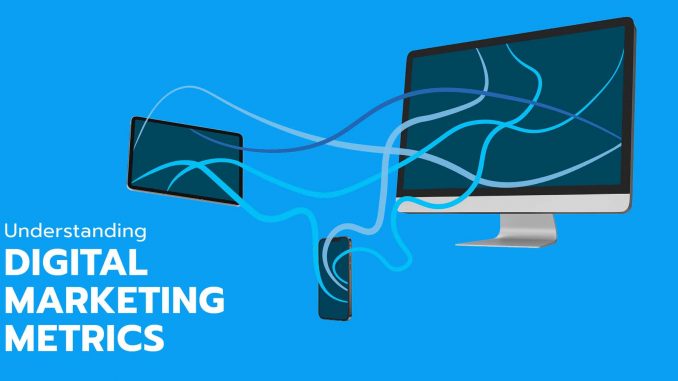
Digital marketing is the use of the internet to market your products and services. This broad description might be intimidating for beginners, but the great thing about digital marketing is that when you spend your budget wisely, it can be an extremely effective and efficient form of marketing. A trusted partner can help you determine the right channels and tactics for your company goals.
A trusted partner will also likely share periodic performance reports regarding your digital marketing efforts. Whether you’re running display, paid social or search engine marketing, it can sometimes be difficult to interpret the results of your campaign. Here are a few key definitions that will help you better understand your digital marketing metrics.
Ad Impressions
An ad impression is tracked any time that your ad is rendered on a digital screen.
This could mean that someone scrolling on their phone viewed your digital display ad, a desktop user searching for your website encountered a paid ad or someone browsing on social media viewed your ad on Instagram. Impression tracking for digital advertising is far more advanced than offline advertising. Served impressions are tracked any time that an ad is sent to a publisher by an ad server. There’s no real way to tell for sure if a served ad is seen, much like it’s impossible to promise that all the cars driving by your billboard will be filled with people who are looking at your billboard. At times, the use of data allows viewable impressions to be measured by excluding those where the ad content was likely not seen due to ad blockers, pages that are loaded but not accessed, broken plug-ins, etc. Overall, impressions do not indicate any sort of action on the part of the user, but impressions are a great way to build brand awareness in your market.
Click-through-rate
One of the more commonly understood digital marketing metrics is the click-through rate (CTR).
The click through rate is measured by dividing the number of clicks (actions by the user) by the number of served impressions.
Naturally, the CTR for a digital display campaign will most times be lower than that of a search campaign. CTR can help you determine how well your keywords and ads are performing. It’s difficult to determine what a “good” CTR is, and this relies on many factors including industry, ad spend, and share of voice.
CTR = Clicks/Impressions
Share of Voice
Share of voice refers to the percentage of the overall market that you are saturating with marketing content in comparison to your competitors.
In digital marketing, share of voice specifically refers to your impression share, or the number of times that your ads were shown compared to the number of times that your ad could have been served, but wasn’t due to budget or rank.
Impression share = your impressions/total eligible impressions
KPI
A Key Performance Indicator (KPI) is a specific measure of performance towards one objective.
These critical indicators of progress not only allow you and your digital marketing partner to have a mutual understanding of the campaign strategy, but they also allow your digital marketing channels to optimize toward a specific user action. If the action you are most concerned about is getting people to your landing page, then landing page views would be your primary KPI. If you are most concerned about getting the word out and spreading awareness about your product or service, impressions would be your primary KPI.
Conversions
Most times, conversions will be your primary KPI. Conversions are defined differently for every digital marketing campaign.
In general, a conversion refers to the user performing the desired action.
A lot of times, a conversion action will be defined as a phone call or a form fill.
These are just a few definitions and metrics that you might find helpful while evaluating your digital marketing efforts. If you’re looking for a trusted LEADer to partner with on your next campaign, contact LEAD marketing agency today.
The post Understanding Your Digital Marketing Metrics appeared first on LEAD Marketing Agency.

Leave a Reply